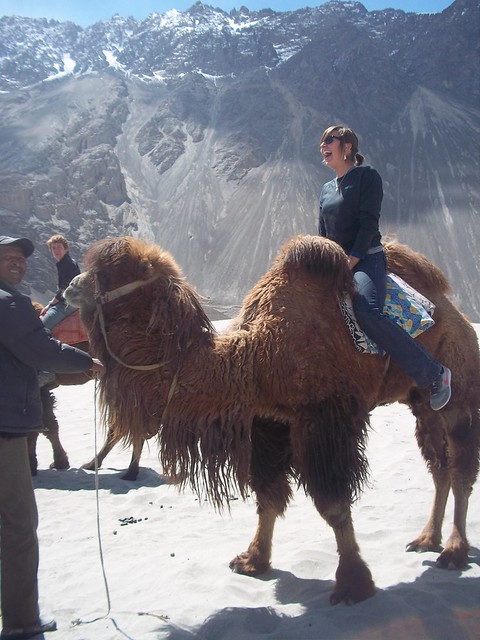 Throughout our stay here in Guatemala, we've been learning about Guatemala's violent history. This week we had a lecture about human rights in present-day Guatemala, and we're learning how the past is affecting present-day Guatemala. I have had a hard time comprehending the extent … Continue Reading ››
Throughout our stay here in Guatemala, we've been learning about Guatemala's violent history. This week we had a lecture about human rights in present-day Guatemala, and we're learning how the past is affecting present-day Guatemala. I have had a hard time comprehending the extent … Continue Reading ››
The past and present in Guatemala
 Throughout our stay here in Guatemala, we've been learning about Guatemala's violent history. This week we had a lecture about human rights in present-day Guatemala, and we're learning how the past is affecting present-day Guatemala. I have had a hard time comprehending the extent … Continue Reading ››
Throughout our stay here in Guatemala, we've been learning about Guatemala's violent history. This week we had a lecture about human rights in present-day Guatemala, and we're learning how the past is affecting present-day Guatemala. I have had a hard time comprehending the extent … Continue Reading ››








